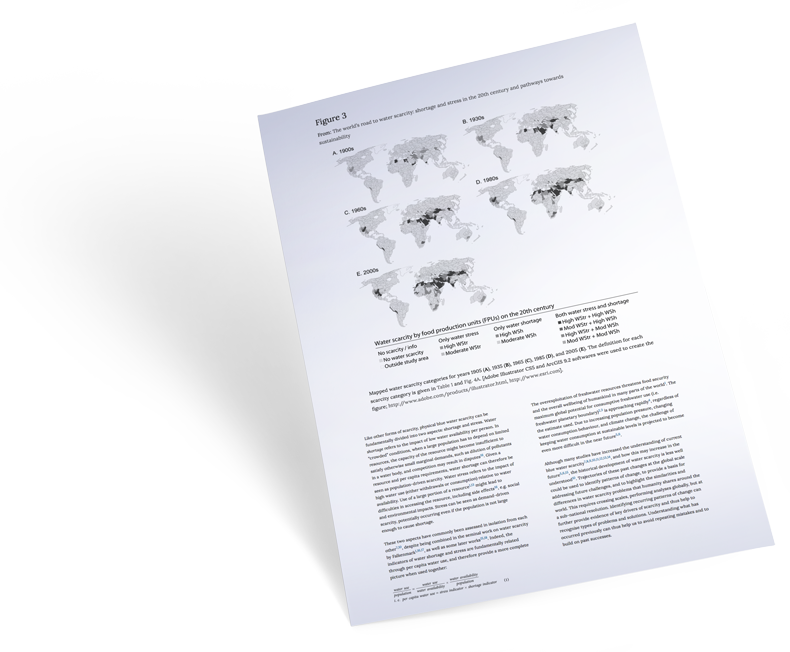When water scarcity hits, either water has to be obtained from somewhere else, or it needs to be redistributed between its users. Either way, water needs to be shared.
Related research
Sharing of water has been analysed from several different angles. Three are briefly described here.
Water allocation involves determining the share of a resource each user gets. This can occur between countries, states, water use sectors, or specific water users. Allocations generally include water for the environment – notably to preserve ecosystem services.
“Upstream dependency” occurs within a river basin where a downstream water user relies on water from a river or lake that has flowed from upstream. If they didn’t have that water, they would be facing scarcity. Conflict may arise if an upstream water user increases their water withdrawals, reducing the water available downstream.
“Virtual water dependency” occurs when a region cannot meet their water needs with the water available – but avoids impacts of water scarcity by importing the products or services they would have produced with that water. They are therefore importing “virtual water”. They are “dependent” if, for any reason, not being able to import those products any more would lead to them experiencing impacts of water scarcity.

Open for contributions!
This summary is only a start. Let us know if you would like to be involved in adding work on this subject to the atlas!
Water sharing
When water is scarce, it usually needs to be shared in some way
Further reading
Submit a topic?
Have you done research related to water scarcity? Send us some information and we may publish your research in the Water Scarcity Atlas. Please email us at info@waterscarcityatlas.org
Feedback
Want to give us a feedback? Send us an email at info@waterscarcityatlas.org